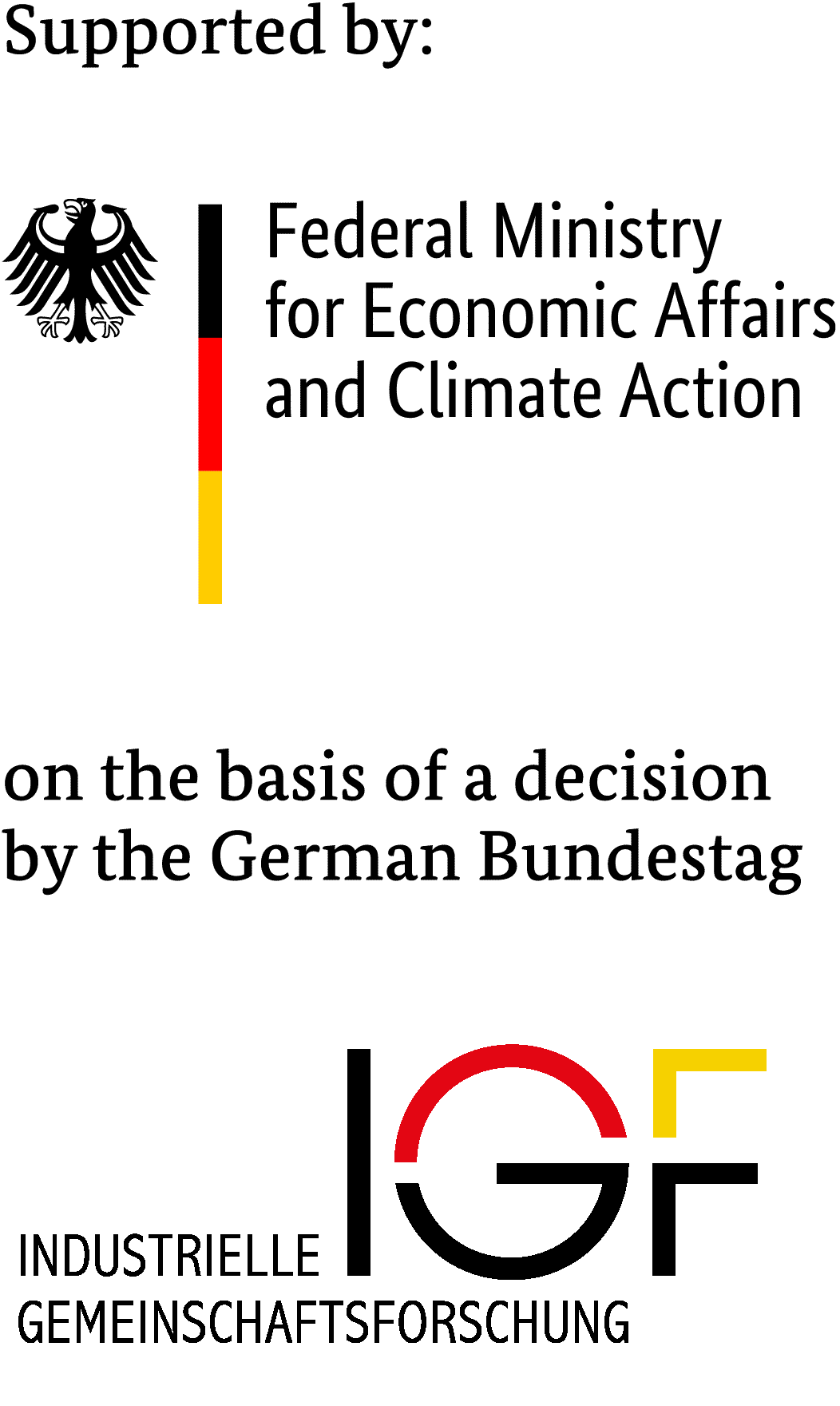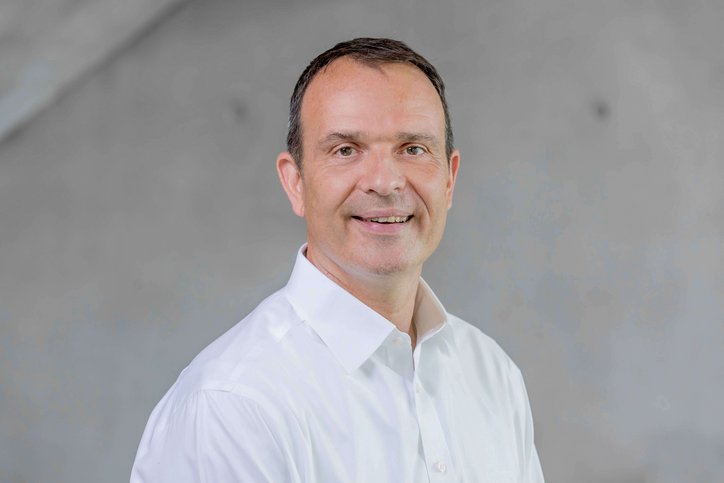Concrete in contact with sulphate-containing soil or groundwater (exposure classes XA2 and XA3) must be produced with SR cement in accordance with the concrete standard.
In Germany, these are the standardized CEM I-SR cements (low C3A content) and CEM III/B-SR cements (high blast furnace slag content). CEM I-SR cements have a high CO₂ footprint and blast furnace slag will probably no longer be available in the quantities and qualities required. In the context of decarbonization of cement production, new and at the same time low-clinker cements are required. Ternary cements come into consideration here, which enable low clinker content. Cements of the type CEM II/C-M (S-Q), CEM V/B (S-LL) and CEM VI (Q-LL) are to be produced with the main components clinker, granulated blast furnace slag, calcined clay and limestone and tested for their suitability as SR cement.
As there is neither a standardized test method for SR cements in Germany and Europe, nor is there any experience with any of the commonly used test methods for ternary cements, the research project also aims to determine which test methods are best suited for assessing ternary cements and which damage mechanisms can occur in these cement types. The cements are tested using four common test methods: the modified SVA method, the VDZ method, the ibac/FEhS method and the SIA 262 method. Mortar test specimens are produced and tested using the first two methods, while concrete test specimens are produced and tested using the other two methods.

